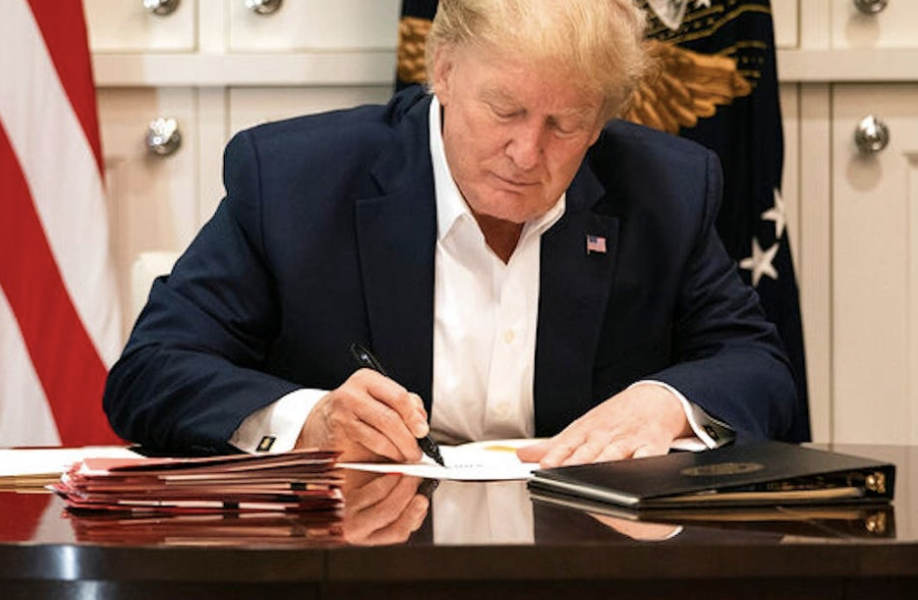
Cline on the Constitution
Presidential Succession
The President has the Covid. He’s sick and in the hospital. According to expectations, medical and otherwise, there is a 95% chance he will okay. He’s expected to be discharged any day now. But what if he suffers a turn for the worse? Well, the Vice President seems healthy enough. So far, so good. But the virus is lurking out there. What if it fells him too? Then what?
Many of the media “experts” breathlessly report, the possibility of a President Nancy Pelosi. Were that true, heaven help us. Thankfully, it is not.
They, and, it is assumed, their legal consultants, are relying on the succession protocol from a law passed in 1947, 3 United States Code, s. 19. That statue provides next in line of succession would be the Speaker of the House, and after her, the Senate pro-tem.
As John Yoo, a law professor at UC Berkeley, and Akhil Amar, a Yale law professor, confirm, that the 1947 law would most likely be found unconstitutional.
First, the Speaker’s accession would be checked by the “incompatibility Clause.” Article I of the Constitution states, “no person holding any office under the United States, shall be a member of either house during his continuance in office.” As a consequence, the Speaker would have to resign from Congress which in turn would remove her from the line of succession to the Presidency. Those framers were careful people!
And second, Congress has no power to amend the Constitution without submitting the matter to the States under Article Five of the Constitution. Article II of the Constitution already states in “the case if removal, death, resignation or inability of both the President and Vice President, Congress shall have the authority to declare “what officer shall than act as President.” “Officer” is generally assumed to be a member of the Executive Branch, a member of the President’s cabinet.
And, therefore, since the Constitution already provides for the succession to the Presidency, an Amendment to the Constitution would be necessary to change, add to or delete the rules of succession. There are only two ways to amend the Constitution under Article V. One requires a 2/3 vote of both houses to send the matter to the States for ratification and the other is for the States to call a Constitutional Convention. Neither was done with the 1947 law passed by Congress. It is, therefore, unconstitutional.
And though the Twenty-Fifth Amendment, ratified in 1967 receives regular discussion, it only provides for a procedure for the succession of the Vice President to the office of the Presidency if the President cannot discharge his duties. It does not address who else would rise to the office should both be unable to serve.
Hopefully, this discussion becomes moot. Doesn’t hurt to get a handle on the rules though.
Just in case.
For more writings by Phil Cline, visit philcline.com